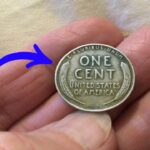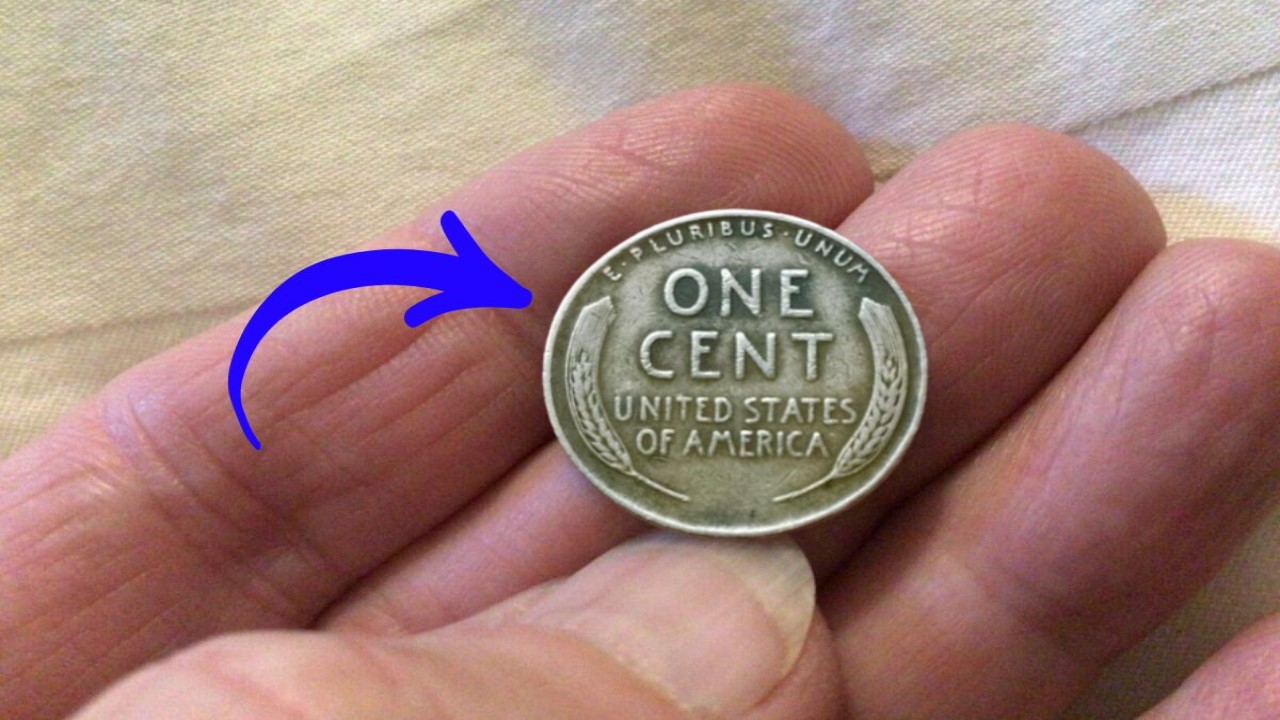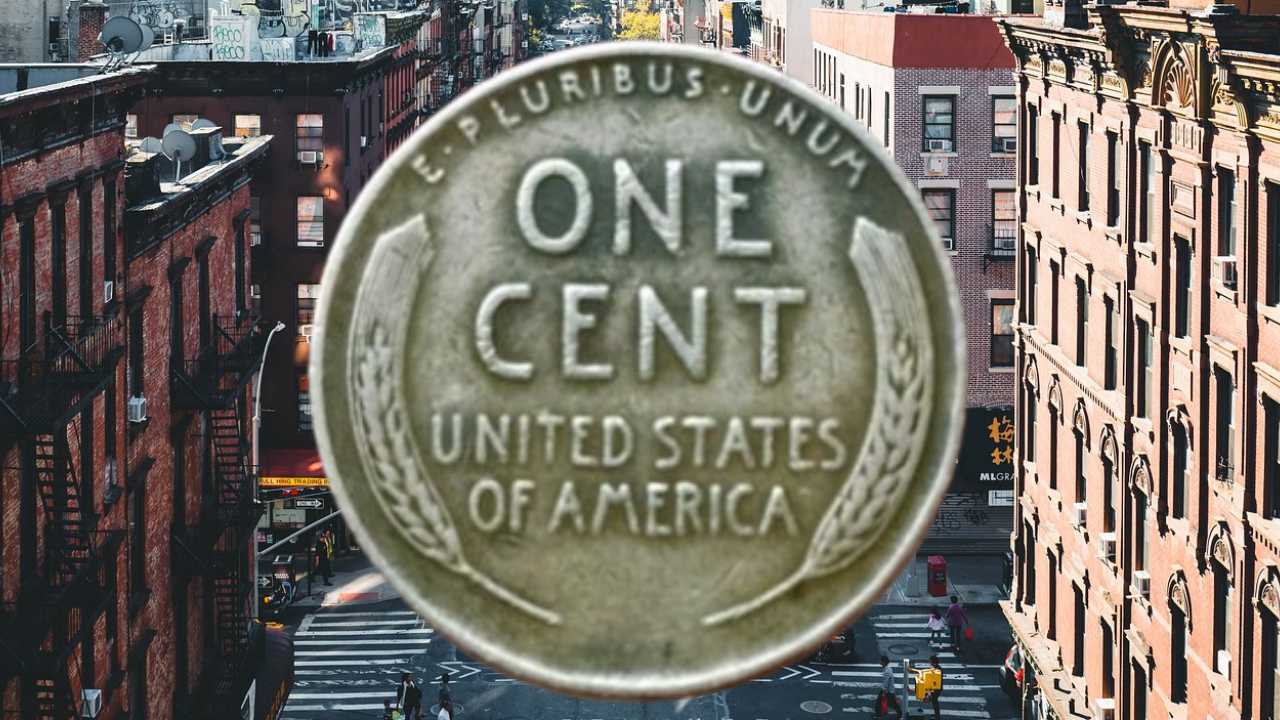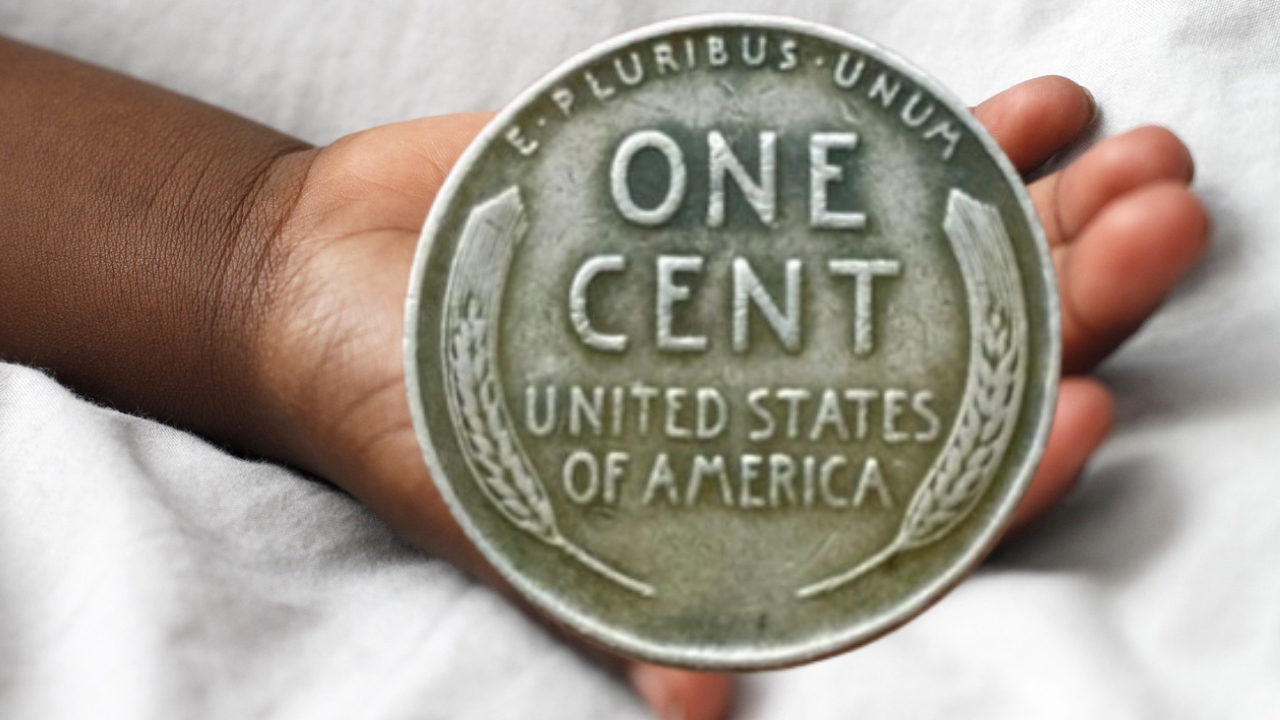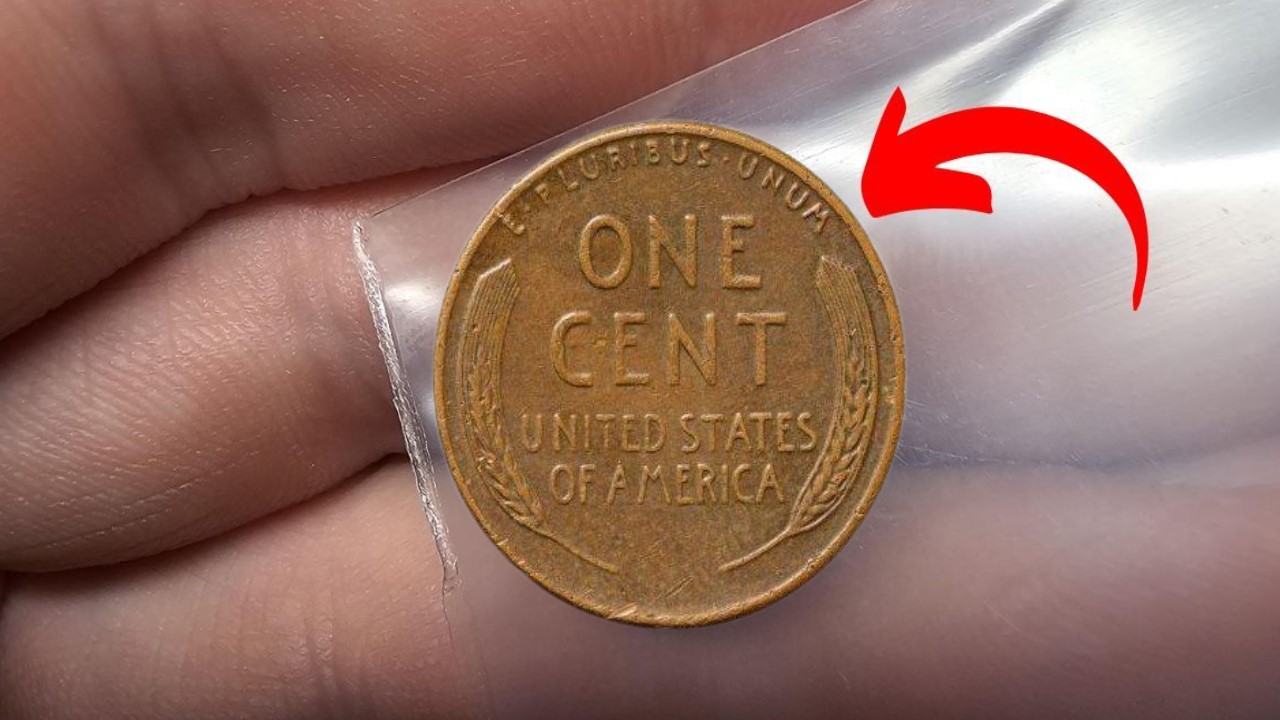The Lincoln Uncovering $100 Million Wheat Penny Still Hiding in Circulation: The Lincoln Wheat Penny, first minted in 1909, holds an important place in the history of U.S. currency While most of these pennies are worth just a few cents, a few rare versions have become some of the most coveted coins by collectors One such variant has recently gained attention for being valued at a staggering $100 million, making it one of the rarest coins still in circulation today Let’s explore why this modest penny has such extraordinary value.
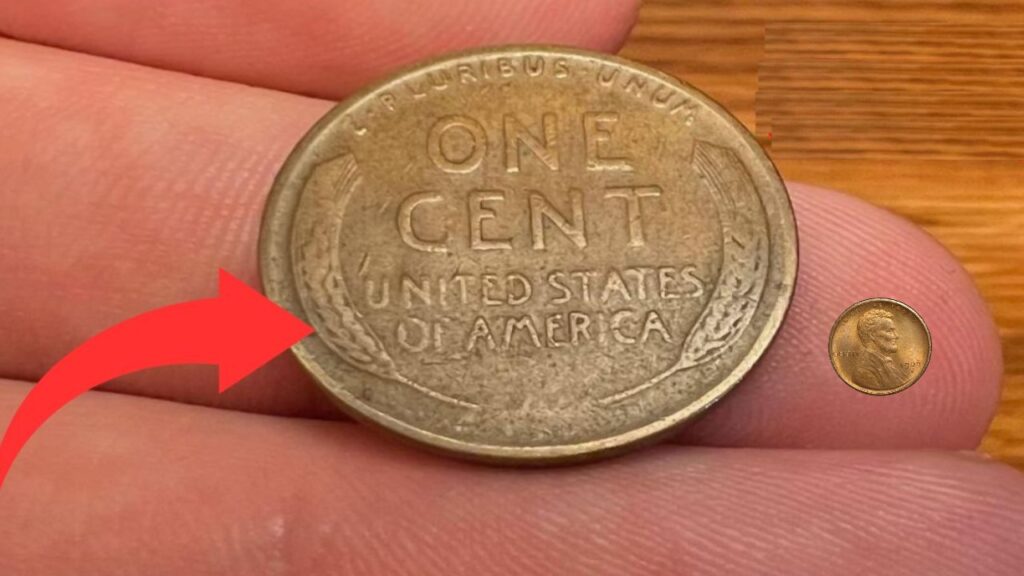
What Is the Lincoln Wheat Penny?
The Lincoln Wheat Penny was minted from 1909 to 1958 and features a design with Abraham Lincoln on the obverse (front) and two stalks of wheat on the reverse (back) The U.S. Mint produced these coins to celebrate the 100th anniversary of Lincoln’s birth Their simple yet iconic design has made them a favorite among coin collectors for over a century.
Contents
Why Are Some Wheat Pennies Worth So Much?
While most Lincoln Wheat Pennies are worth only a few cents or, at most, a few dollars in collector markets, certain rare versions or coins with minting errors can fetch incredible prices due to their scarcity and historical significance Several factors contribute to a penny’s value:
- Minting Errors
Some of the most valuable pennies were created with errors during the minting process For instance, double-struck coins, off-center strikes, and coins with doubled dies are highly coveted by collectors - Changes in Metal Composition
During World War II, the U.S. Mint switched from copper to steel due to shortages of copper for wartime use A small number of pennies were mistakenly minted in copper that year, making these copper 1943 pennies extremely rare and valuable - Limited Edition Coins
Pennies from specific years and mints, particularly those with low production numbers, can be worth thousands of dollars The 1909-S VDB Wheat Penny, for example, is one of the most famous and valuable among collectors.
The $100 Million Penny: What Makes It Special?
The Lincoln Wheat Penny valued at $100 million is not just any ordinary coin-it’s considered priceless due to its extraordinary features This particular penny may be linked to an ultra-rare prototype or a highly unique error coin from a special minting period While its exact details remain largely undisclosed, its exceptional value is driven by a combination of rarity, condition, and strong collector demand Additionally, its high-grade preservation is another key factor Coins that are preserved in nearly perfect condition, despite being decades old, are far more valuable than worn-out versions.
Are Valuable Pennies Still in Circulation?
Yes! Many rare Lincoln Wheat Pennies are still out there in circulation, often going unnoticed by the general public While finding a $100 million penny is extremely rare, it’s still possible to come across valuable pennies that could be worth hundreds or even thousands of dollars.
Here are a few key dates and types to look for:
- 1909-S VDB Penny
- 1914-D Penny
- 1922 No D Penny
- 1943 Copper Penny
- 1955 Double Die Penny
If you happen to find one of these, it’s worth having it professionally appraised to confirm its value.
How to Determine If You Have a Valuable Wheat Penny
You don’t have to be a seasoned collector to spot a valuable penny Here are a few simple steps to help identify potentially valuable Wheat Pennies:
- Check the Mint Date: The year on the coin can immediately indicate its rarity
- Look for Minting Errors: Check for visible flaws, such as doubling of the letters or numbers
- Use Online Resources: Websites and collector forums can help you identify rare varieties
- Get a Professional Appraisal: If you believe your penny might be valuable, have it examined by a certified appraiser.
While the idea of a single penny being worth $100 million might seem like something out of a fantasy, it highlights the fascinating world of coin collecting With minting errors, limited editions, and historical significance driving the value of rare coins, it’s possible that you could stumble upon a valuable penny in your spare change.
So, before you throw those coins into a jar, take a moment to examine them-you might just be holding a small fortune.
Also Read
